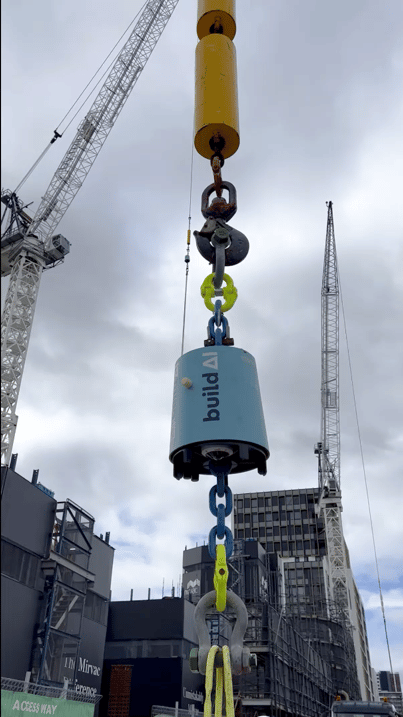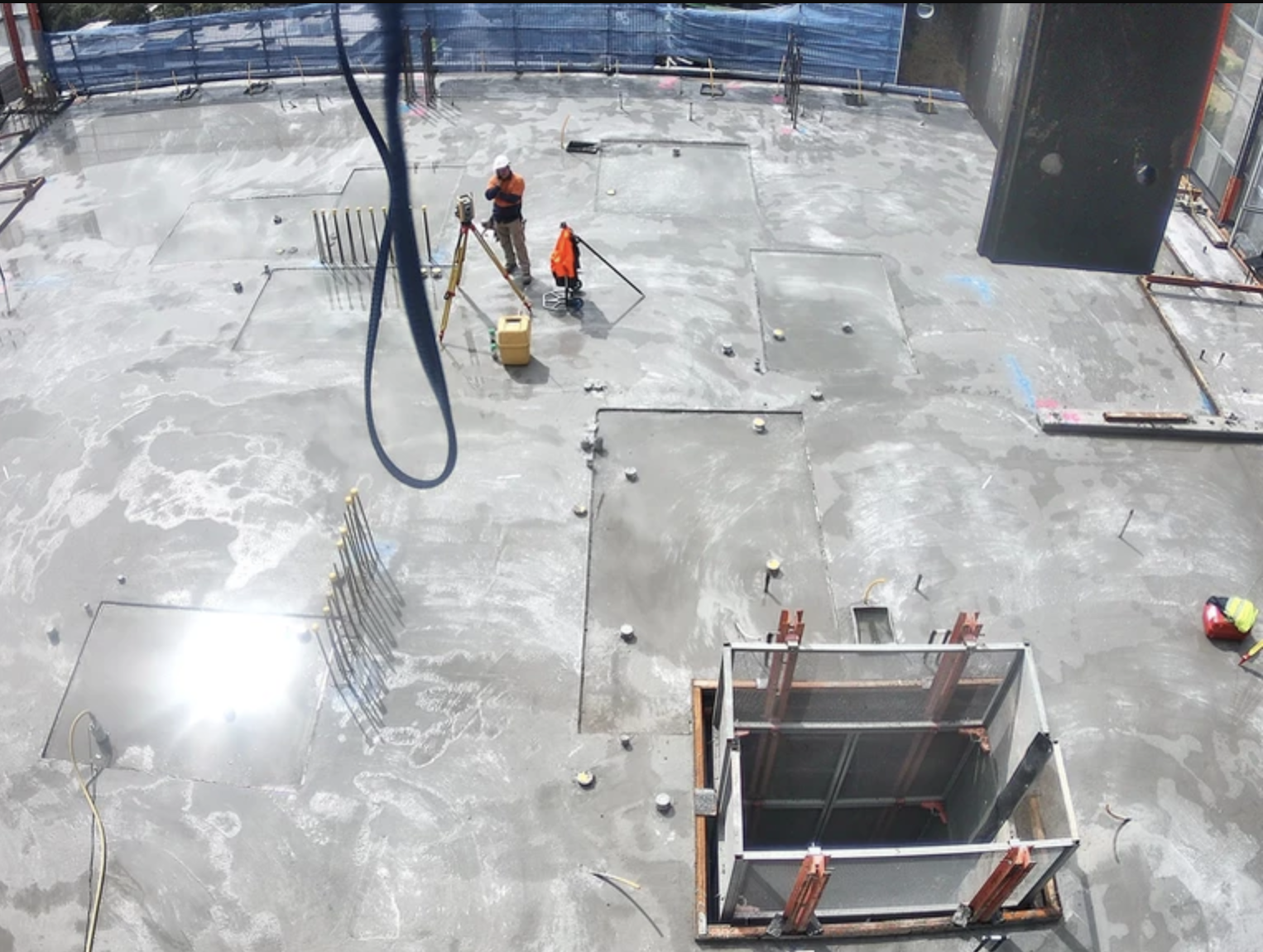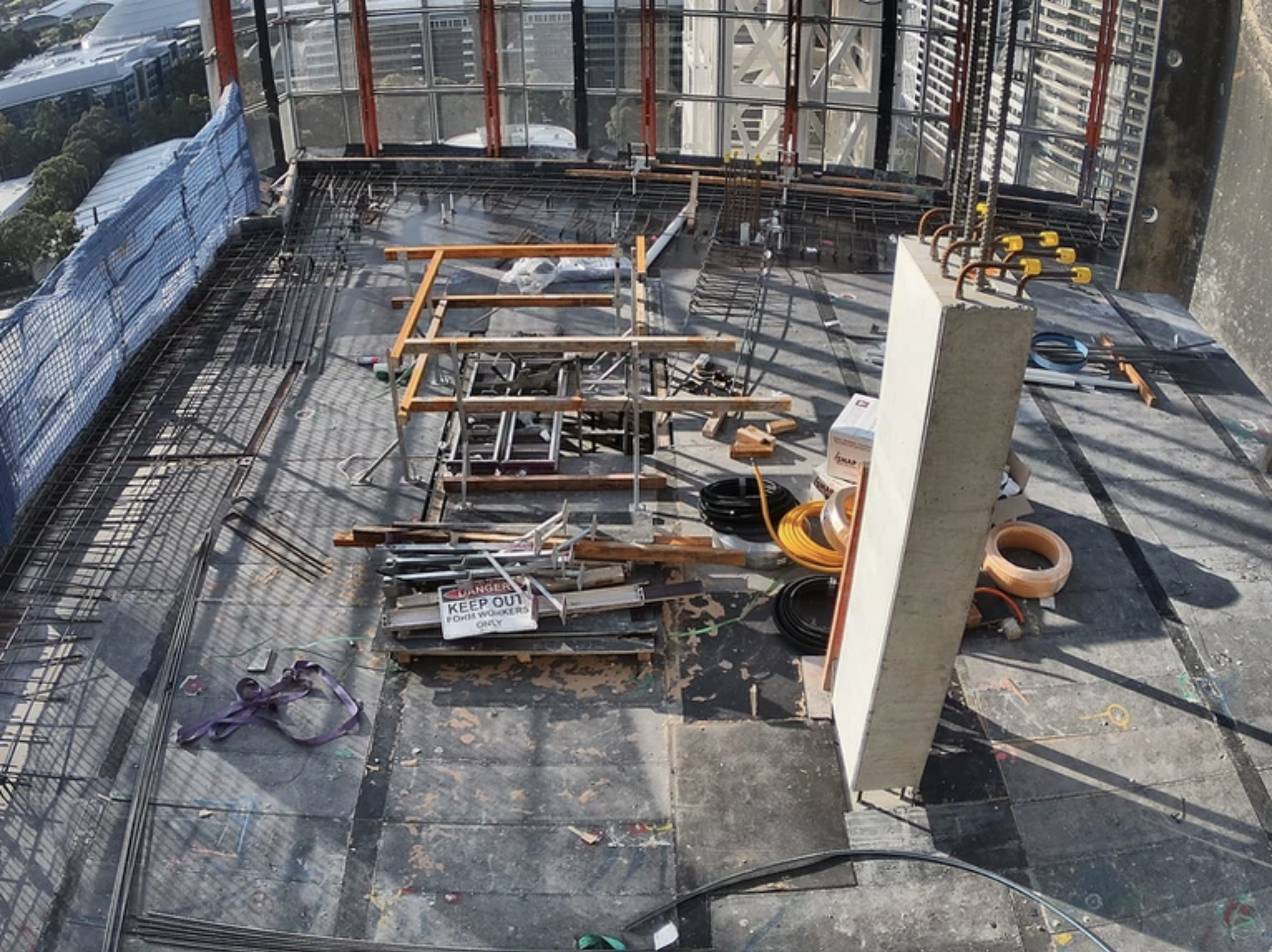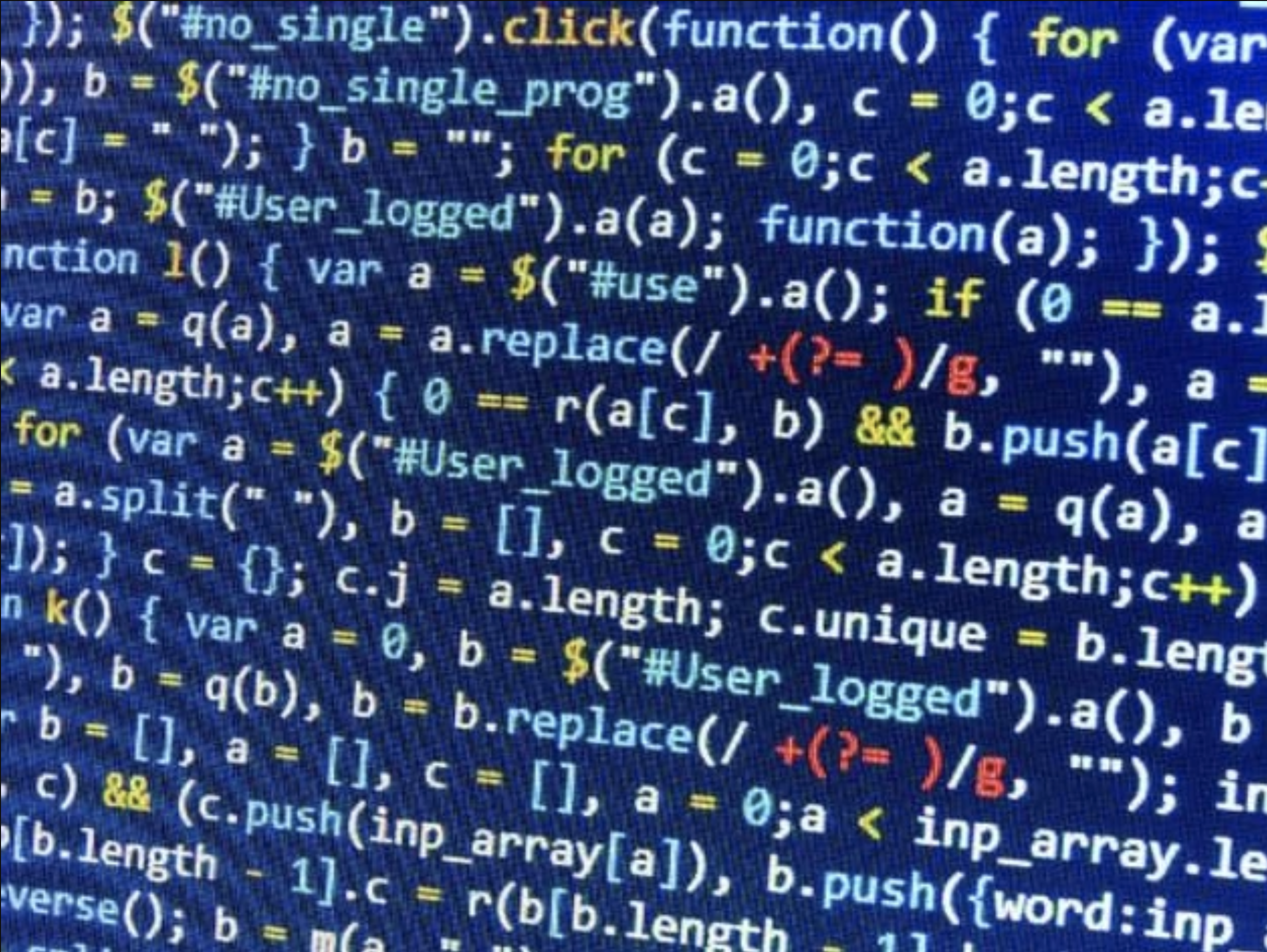At a recent client meeting one of the engineers stated that construction hasn’t changed in the last 15 years. Whilst he was talking about the fundamentals of construction like concrete and hard work, the fact is technology has already begun to exert a positive influence. Some examples that spring to mind are high tech batteries that allow cordless drills and the nail gun that replaced a hammer and sore thumbs. The good old days were not that great – shovels and string lines are now replaced by excavators and laser levels. One could argue that technology has already proved it’s worth on a construction site and will continue to gather pace as entrepreneurs solve inefficient manual problems with technology solutions. The most important factor for adoption is that technology makes the job easier rather than adding yet another task.
Not everything will work and so firms should implement a test and trial process.
Firms need to quickly assess the merits of a solution and then move on if it doesn’t add value. Virtual reality is one such technology that promises much but still has basic problems with delivery and accuracy when used inside a construction site – this is creating disappointment and preventing mass adoption. Drones are cool but not when a crane has to stop so a scan can take place. However, despite some disappointments good solutions will gain adoption. Construction productivity has remained flat for decades and there is a ever increasing shortage of skilled labor which is feeding a need to become more efficient by doing more, with less human intervention.
Pre-fabrication is certainly one to watch.
Building structures off-site in a controlled environment and perhaps in a country with lower costs will be hugely attractive to builders who need to deliver buildings in a low margin environment. The other technology to watch is artificial intelligence (AI). Leading firms across all industries use data to drive decision making – “you can’t manage what you can’t measure” is the old adage. With artificial intelligence construction sites can digest and find patterns in mountains of data that is created each day on a construction site. AI works by recognising patterns in data – predicting outcomes more efficiently than humans can do. Even at the most basic level AI can be used to automate manual reporting, which gives time back to engineers, allowing them to focus on higher order outputs.
The key challenge for any technology is that it must give time back to teams under pressure and not become yet another task in their day. Structure teams are already working 60 hours in a 50 hour week and any technology that doesn’t deliver immediate time savings or benefits will face challenges in adoption.
Jeff Cook – BuildAI




